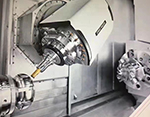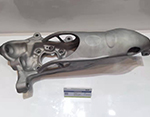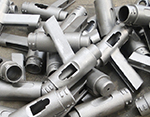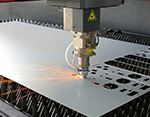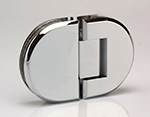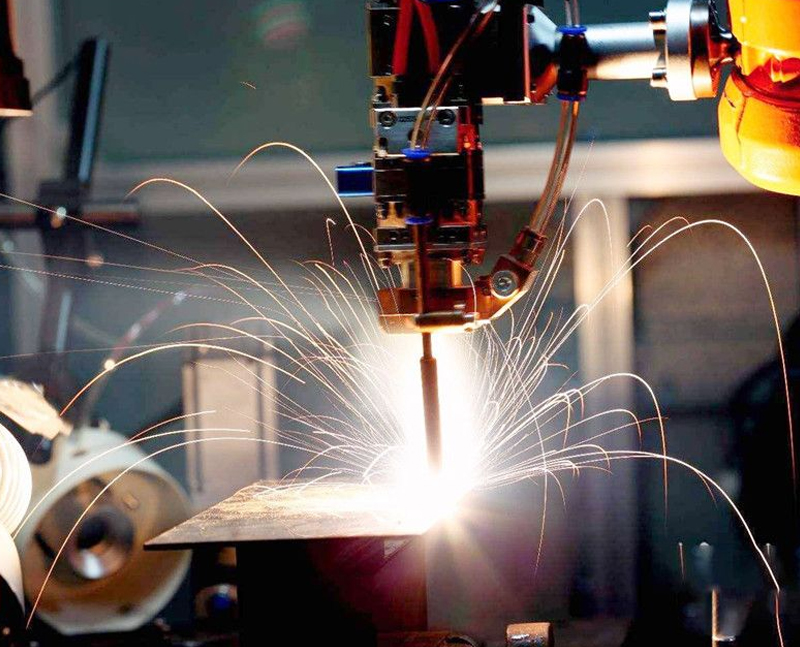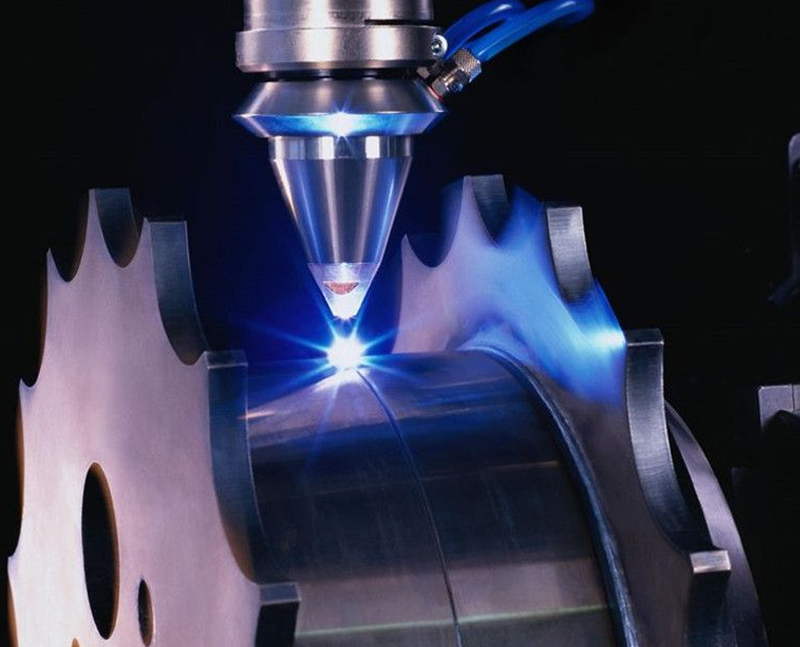-
Service
+
- CNC Precision Machining Service +
- Multi-Axis Simultaneous Machining Service +
- CNC Turning Service +
- Metal 3D Printing Service +
- Rapid Prototyping Service +
- Die Casting Service +
- Sheet Metal Fabrication Service +
-
Finish Serivces
+
- Polishing
- Grinding
- Brushed Finish
- Sand blasting
- Painting
- Powder Painting
- Anodizing
- Hard anodizing Service
- Passivation
- Zinc Plating
- Nickel Plating
- Chrome Plating
- Blackening
- Black Zinc Plating
- Teflon Coating
- Titanium Coating
- DLC Coating
- Laser Marking
- Silk Screen Printing
- Transfer Printing
- Micro Arc Oxidation
- Industries +
- About Us +
- Resource +
- Contact Us
- Quote

-
Service
-
>
-
>
-
>
-
>
-
>
-
>
-
>
-
>
-
- Industries
- About Us
- Resource
- Contact Us
TIG is Ideal for Precision Welding
Precision welding, such as TIG welding, produces clean and exceptionally accurate welds. Precision welds are defined as the purest welds for joining tubes and fittings on both metals and plastics. A precision weld’s bead fully penetrates the inner wall of a tube, pipe, or fitting.Precision welding, such as TIG welding, produces clean and exceptionally accurate welds. Precision welds are defined as the purest welds for joining tubes and fittings on both metals and plastics. A precision weld’s bead fully penetrates the inner wall of a tube, pipe or fitting. This results in a superior weld with zero contamination and a low chance for leaks, fissures or other faults.
Precision welding, such as TIG welding, produces clean and exceptionally accurate welds. Precision welds are defined as the purest welds for joining tubes and fittings on both metals and plastics. A precision weld’s bead fully penetrates the inner wall of a tube, pipe or fitting. This results in a superior weld with zero contamination and a low chance for leaks, fissures or other faults.
Many welding processes exist that may be capable of performing the given task and each could form the basis for a lengthy discussion. The challenge is to weigh the cost of each method against the benefits and select the process that will most efficiently and cost effectively accomplish the required weld.
The two most popular methods used for precision joining are the Tig and Plasma weld processes. Advances in power supplies, welding techniques and process controls have allowed for greater weld accuracy and the process are now used in even more precision applications.
Plasma Arc Welding
Plasma arc welding, basically an advancement of the GTAW process uses a copper nozzle to surround the Tungsten electrode. A pilot arc is first established between the electrode and copper nozzle and then transferred to the part to be welded. Among other advantages, this offers some enhancements to the arc process:
The orifice of the copper nozzle tends to constrict the arc passing through it, concentrating the power of the arc for smaller weld sizes and faster welding.
The welding torch keeps a pilot arc established. This provides for more controllable arc starting/transfer to give gentle consistent arc starting for low heat input seam welds. This also allows for short duration weld times for accurate spot welding.
Long electrode life offers many more hours of welding than Tig before contamination occurs.
TIG is ideal for precision welding
TIG is an abbreviation of tungsten inert gas, and TIG welding is also called gas tungsten arc welding (GTAW). With TIG welding, two metals join using heat from an arc created by a non-consumable tungsten electrode and a base metal. Most welders consider TIG to be the top choice for precision welding, more so than other arc welding methods, including metal inert gas (MIG) welding.
High-purity metals with zero contaminants are required for precision welding, though precision welding occurs on many different types of metal, including different grades of stainless steel, aluminum, Inconel and Monel. Because of TIG welding’s precise nature, it’s also possible to weld thinner metals at a lower amperage.
Precision welding uses
The pinpoint welds perfected by precision welding are essential to industries like medical device manufacturing and semiconductors, where the tolerances between two pieces of fused metal must be miniscule. Precision welds are an important factor in the advancement of semiconductors that are used in life-saving medical devices, which are constantly getting smaller while increasing functionality.
TIG precision welding is a repeatable process, which is important for semiconductor manufacturers who often need multiple, clean welds that are the same each time. Precision welds are necessary when fabricating semiconductor microchips through complex assemblies and subassemblies.
TIG welding is also the preferred method for precision, hard-to-reach weld areas. Precision welding also occurs on components used in hydrogen fuel cells in the alternative energy industry.
Precision welding should occur in a cleanroom to ensure contaminants cannot enter the welded components.

